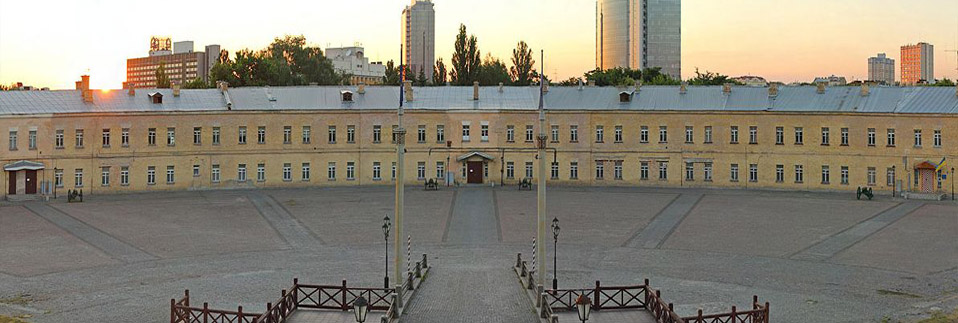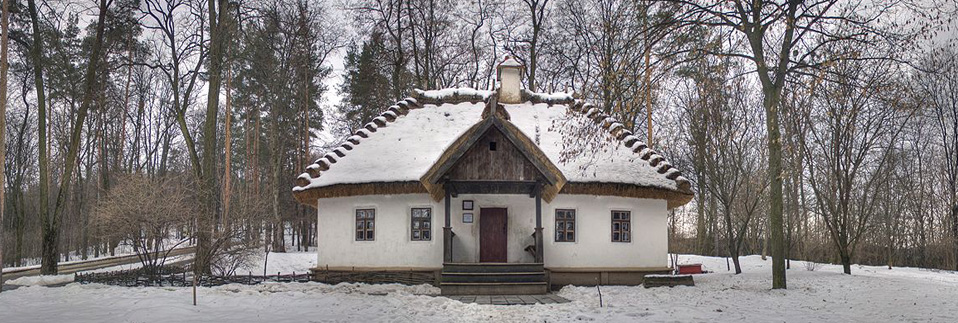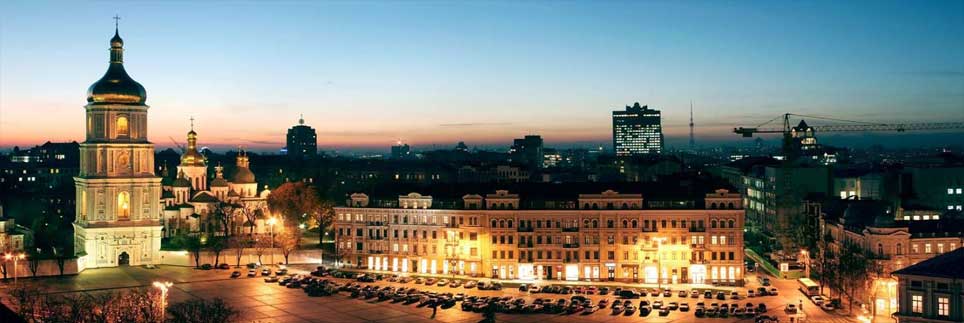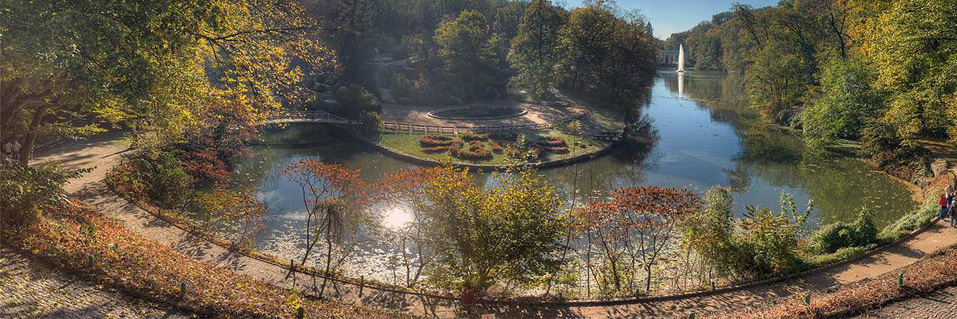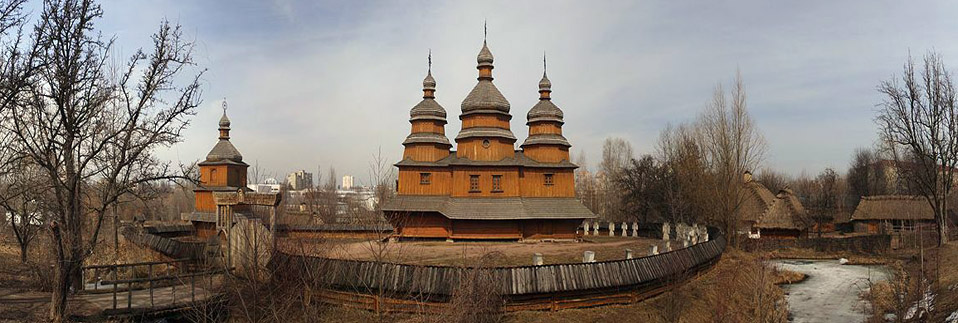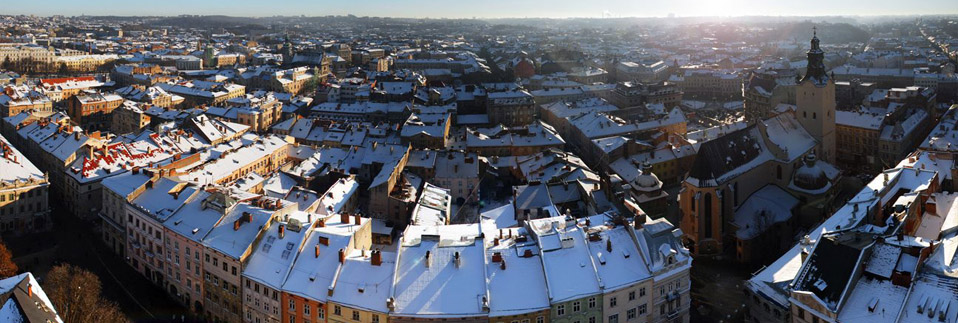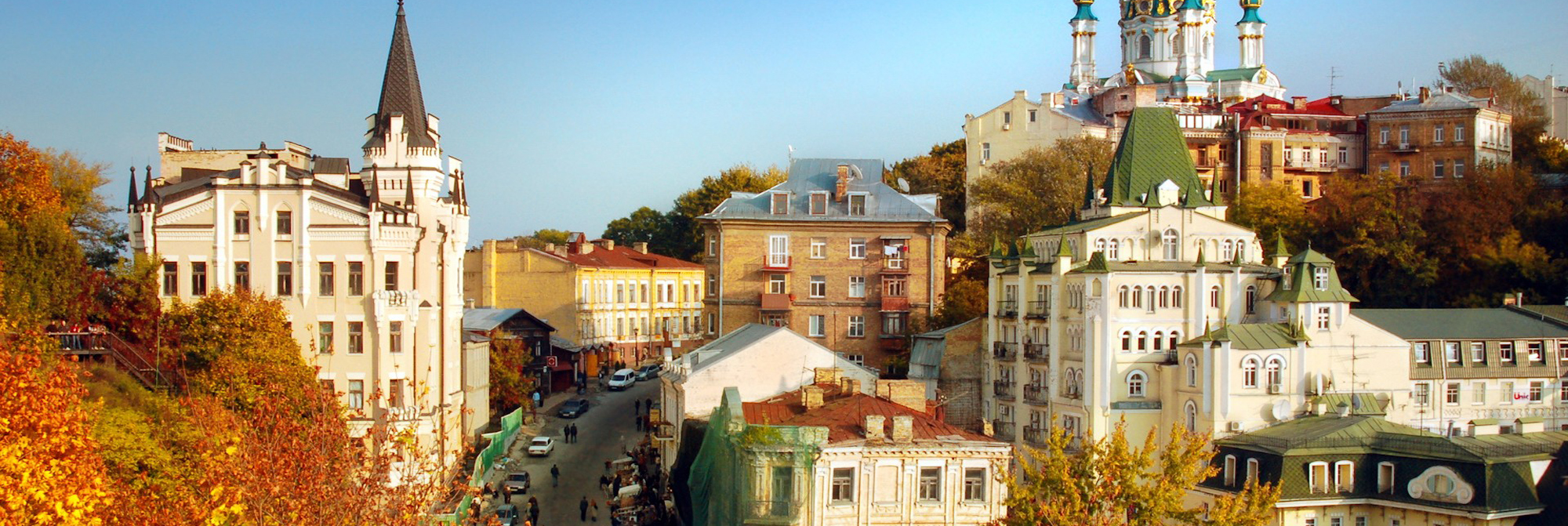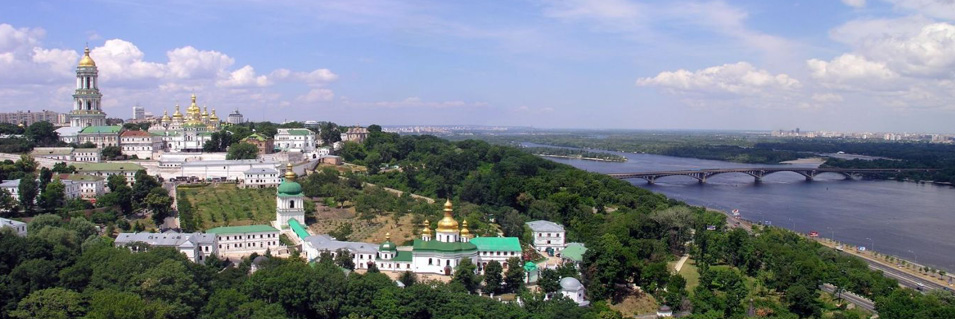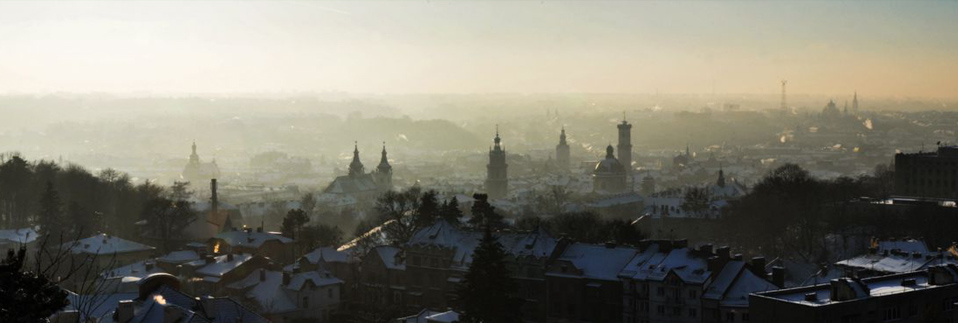Kirovograd
The central city of Kirovograd region stands on the hilly banks of the Ingul river. Its population to-day is 250,000. The history of Kirovograd reflects the history of the whole region.
In the XV-XVII c.c. not far from the territory of to-day’s city there was one of the Zaporozhian Cossacks winter outpost. The history of the foundation of the city is associated with the name of a Serbian lieutenant-general Horvat-Kurtits. In 1750 he proposed Russian officials to organize a Serbian colony on the lands of the former “Wild Field”. Next year together with 218 Serbians he came to this area and they constructed a number of small military forts along the border with Rech Pospolita. These settlements were named “New Serbia”. In 1752 he was recommended to build an earth fortress. The construction of St. Elizabeth’s fortress started in 1754 on the high bank of the Ingul river. At the same time next to the fortress the construction of a settlement for the civilians was started. In 1775 it got official name of a town of Elizavetgrad. The fortress was strong enough to withstand numerous attacks of the Tartar Khan Ghirey in 1769. As a defensive fort Elizavetgrad was used for some 30 years. When the borders of Russian Empire moved closer to the South and to the West, it lost its military importance and became a typical civil town.
At the end of the XVIII- beginning of the XIX c.c. many new-settlers came here, they were encouraged by the officials and attracted by the economic perspectives of this area. For a short period in 1830-ies it was a military-training base of Russian army and its population was greatly increased by the officers and soldiers. At the beginning of the XX c. it was known as an important centre of agriculture production with well equipped plants that produced agriculture equipment. In the years of the Revolution and the Civil War of 1917-1920 the powers changed here so often that the citizens sometimes kept at hand three or four different flags not knowing which one to hoist next morning.
The name of the city has been changed several times. In 1924-34 it was “Zinovievsk” in honour of Soviet political leader Zinoviev who was repressed by Stalin , in 1934 – the city got the name of another prominent Soviet political leader Kirov who was killed by Stalin’s order in 1934, and finally in 1939 – Kirovograd.
Among the main city attractions recommended to see are:
- St. Elizabeth’s fortress (1754) – only some sections of the former big fortress walls have been preserved;
- Museum of Regional Ethnography;
- The church of the Protection of the Blessed Virgin Mary (1850-1875);
- Greek church that was constructed on the place of the former wooden church in 1812 in classic style by the Greek community;
- Savior-Transfiguration Cathedral (1819);
- Synagogue (1853) – it belonged to the Jewish community that was rather numerous on the verge of the XIX and XX cc.;
- Monument to Bogdan Khmelnitsky;
- The museums of famous Ukrainian actors Kropivnitsky and Karpenko-Kary;
- Kropivnitsky Music and Drama theatre where the first professional theatre organized in 1869-1883
by Kropivnitsky performed;
- Some architectural monuments if the XIX-XX cc. (Regional Court, 1865; International Bank, 1910; Military administration buildings, 1848).
Those who are interested in the history of Ukrainian theatre can go to the village of Nickolaevka (463 inhabitants, 50 km North from Kirovograd) to visit the Karpenko-Kary-TobilevychMemorial Museum. Here this famous play-writer and actor lived and here he was buried. In different times great Ukrainian actors Sadovsky, Saksagansky and others stayed here. Another memorial museum of Karpenko-Kary is in Arsenievka where he was born. (85 km North from Kirovograd). In the same vicinity is a village of Razumovka - family estate of the Hero of 1812 War of Russia with Napoleon, Nickolai Raevsky (1771-1829), with beautiful park and the church of The Holy Cross Evaluation (1833-1855) that was the family burial vault.


